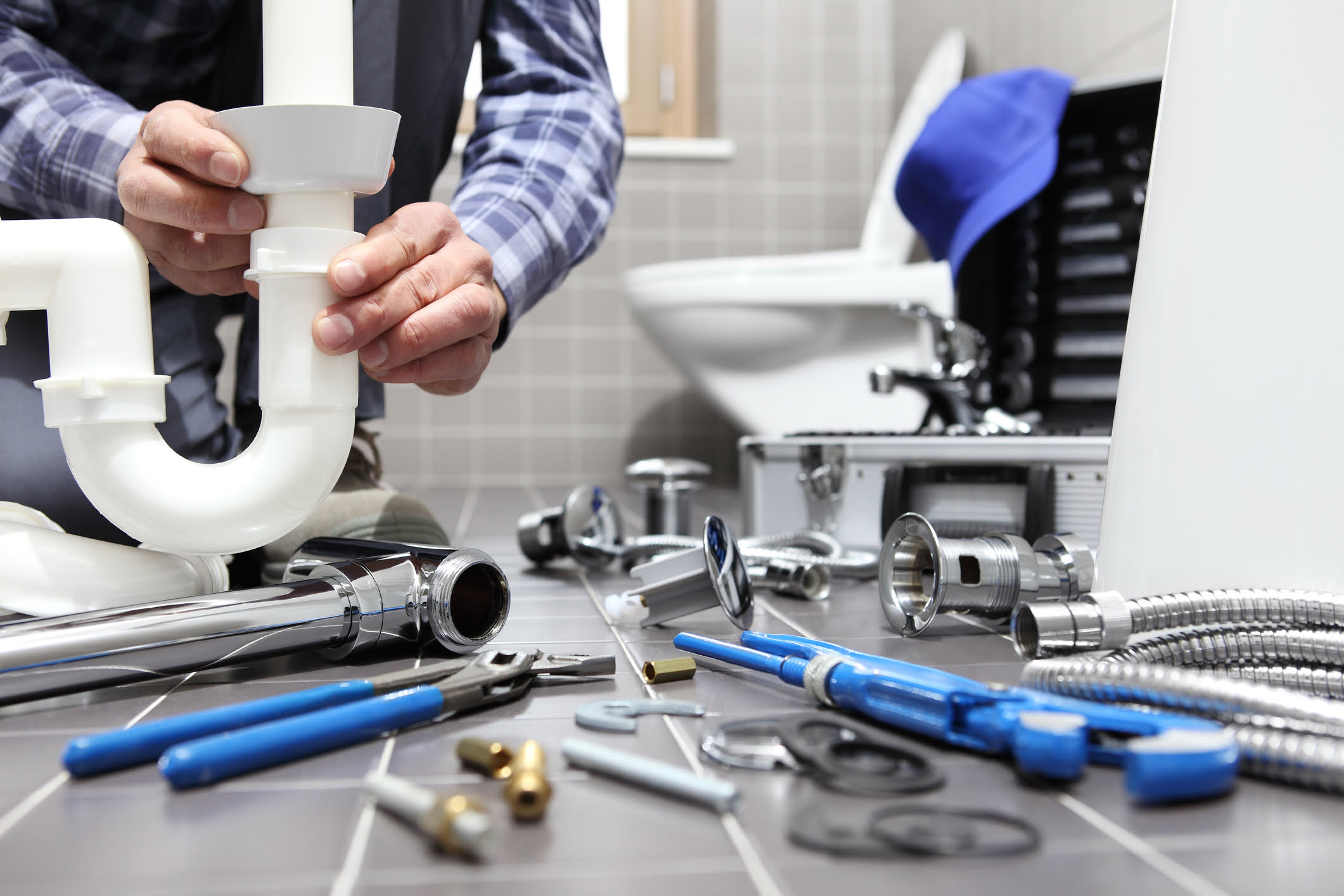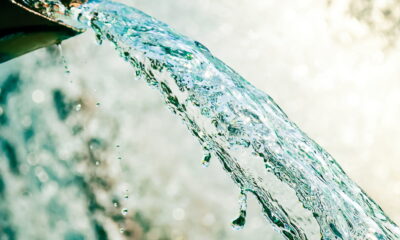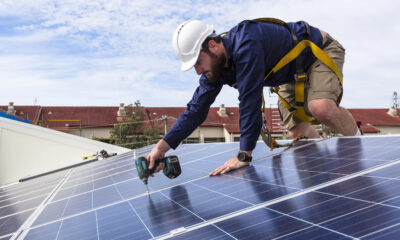

Features
Changing Your Plumbing Fixtures to Promote Water Conservation
Water conservation is a growing concern as water shortages become more common. This is why recycling water is such a huge priority these days.
Since many areas are suffering from widespread drought in 2022, there are more initiatives than ever before focused on protecting the environment. The Environmental Protection Agency of the United States estimates daily household water usage totals 82 gallons.
Though water makes up 70% of the Earth’s surface, only around 1% of that water is accessible for human uses like drinking, indoor plumbing, and outdoor watering. Thus, thinking about water- and cost-saving plumbing fixture alternatives is essential.
What Characterizes an Effective Methodology
Pipes, fixtures, and appliances that provide clean water and waste disposal make up a plumbing system. The average American family wastes up to 180 gallons of water each week, with almost half used in the bathroom between the shower, toilet, and faucet.
In light of these statistics, selecting low-flow plumbing fixtures for your lavatory is more crucial than ever, which may drastically cut your water use and save you a lot of money without requiring you to alter your current routine.
Even though every building’s plumbing system is unique, several solutions are available to increase your system’s efficiency and decrease water and energy bills. These steps can do a lot to promote water conservation. To aid consumers in identifying the best plumbing fixtures to help them save water and money, the Environmental Protection Agency (EPA) introduced the WaterSense labeling program.
1. Get New High-Efficiency Toilets
According to 2017 data, upgrading to new plumbing may save roughly 360 billion gallons annually. Older models significantly contribute to water waste by using about 3.5 gallons of water every flush.
Colors from the most recent and efficient versions can use as little as 1.3 gallons. The number of times a toilet has to be flushed can be cut down by using gravity and air pressure in the design. This modification can facilitate waste removal from the bathroom with little water use.
According to the teamemergencyplumber.com, implementing such design adjustments can result in significant cost savings. Switching to one of these commodes can reduce a household’s monthly water cost by as much as $100. Examples of possible variations:
- Dual flush toilet
- Public urinals that don’t require water
2. Install A Showerhead
The widespread use of antiquated shower heads is one major cause of water wastage. Given that the typical showerhead may waste 2.5 gallons of water every minute, it’s easy to see why. You should thus invest in a high-performance showerhead.
In some instances, this modification might save as much as 1.75 gallons of water every minute. This is because less water will be wasted due to the showerhead’s design. While doing so, it maintains adequate water pressure. Changing to a more efficient showerhead might also help you save money.
3. Put In Water-Saving Faucets.
Reducing water usage may help save money and resources in several ways. The Environmental Protection Agency found that faucets accounted for 15% of indoor home water usage.
Then there’s the second study that proves efficient faucets may cut your water usage by 15% or more. That’s why your faucet is one of the most crucial plumbing components to replace. To keep your faucet in good working order, you must replace the gaskets and aerators.
4. Eco-Friendly Washing Machines and Dishwashers
Do you want to guess how many gallons of water a standard washing machine uses per load? You may fill up to 23 gallons! Water-efficient washing machines reduce this by half without sacrificing cleanliness or convenience.
Dishwashers have been shown to conserve water compared to washing dishes by hand in the sink, but did you know that water-efficient models may save as much as four gallons of water every load?
These cutting-edge appliances can clean your clothes and dishes without using as much water, which means you’ll save money on your water bill.
5. Hot Water Recirculation
A significant amount of water might be wasted if your heat source is too far away. The longer it takes for hot water to travel from the water heater, heat pump, or broiler, the further the output is.
Water will be wasted while waiting for the ideal temperature. Because of this, we advise you to turn your pump that delivers water back on.
Ensure that, when necessary, your system provides hot water from its source to your showers and faucets. This is so that you don’t needlessly let cold water run down the drain as you wait.
6. Perform Preventative Measures
Budget-friendly savings can be realized through routine plumbing maintenance. More significant plumbing issues can be avoided with these simple repairs. You must get your system checked up.
You can request that the plumber check sinks, tubs, and toilets for leaks during the inspection. By doing these tests, you can ensure that no water is wasted. In addition, you may have your plumber check out the drains and pipes.
Why Should We Attempt to Conserve Water?
As we’ve discussed throughout this piece, saving water is an easy way to cut costs. However, water conservation is crucial in the fight to lessen humankind’s adverse effects on the planet.
Although water scarcity may not be an immediate concern for you, it is in regions like California, Texas, and Atlanta. Installing water-efficient plumbing fixtures may save thousands of gallons of water annually, so don’t put it off any longer.
You can reach us anytime to receive a no-cost quote or arrange for service. Even if you aren’t ready to invest in new plumbing fixtures, you can still make small changes to conserve water, such as turning the water off.
At the same time, you shave or brush your teeth, regularly inspect your pipes and faucets for leaks, take shorter showers, and wait until you have a whole load of laundry before turning on the washer.
Bottom Line
Water and money may be saved by installing the proper plumbing fittings without any necessary lifestyle changes. In addition to the 4 gallons saved every shower with only the showerhead, you may save roughly 700 gallons a year with just the faucet and up to 13,000 gallons annually with just the toilet. You can protect the environment and save money by installing low-flow plumbing fixtures, reducing water waste.


 Environment9 months ago
Environment9 months agoAre Polymer Banknotes: an Eco-Friendly Trend or a Groundswell?

 Environment10 months ago
Environment10 months agoEco-Friendly Home Improvements: Top 7 Upgrades for 2025

 Energy12 months ago
Energy12 months agoA Closer Look at The Rapid Growth of Solar Energy in Ireland

 Features8 months ago
Features8 months agoEco-Friendly Cryptocurrencies: Sustainable Investment Choices





























